Crop and Soil Sciences
-

C 858-10
Lead and Copper
Private wells are exclusively supplied by groundwater. The source waters for most public water systems in south Georgia (and some in north Georgia) are also supplied by groundwater. Generally, lead and copper concentrations in the major underground aquifers in Georgia are far below the U.S. Environmental Protection Agency’s (EPA) action levels. They enter the household drinking water system and exceed the action levels almost exclusively via corrosion of plumbing materials. Many homes built prior to the 1988 still have lead solder connecting copper pipes, unless later on replaced by PVC pipes. Also, indoor plumbing fixtures are often made of lead and copper or their alloys, such as brass. Corrosive water can dissolve small amounts of these metals from plumbing which, upon drinking, may be harmful to your health. In 1992, the lead and copper rule, published by the EPA, became effective and required that municipal water suppliers must treat water to reduce concentrations below action levels of 0.015 milligrams (mg) lead per liter or 15 parts per billion (ppb) and 1.3 mg copper per liter or 1.3 parts per million (ppm). Keep in mind, however, that the EPA does not regulate private water supplies (such as well water), nor can the EPA control the lead and copper contamination that may result from your household pipes.
Gary L. Hawkins, Pamela R. Turner, and Uttam K. Saha
|
-

The main objective of this fact sheet is to provide a checklist of what is needed to properly prepare a center pivot or lateral irrigation system for the production season. All of the topics covered apply to both pivot and lateral irrigation systems, but for brevity, only center pivots will be referenced. By using the items in this fact sheet as a guideline for preventative maintenance, most breakdowns during the growing season should be avoided.
Phillip Edwards, Calvin D. Perry, Wesley Porter, Jason Mallard, and David Hall
|
-

The lack of proper planter setup and maintenance results in common planting mistakes that affects crop stand and yield every year. Growers can easily avoid these mistakes by following a few simple steps at the beginning of the planting season to ensure proper planter setup for maximized field performance. This simple and easy-to-follow checklist provides tips on how to properly set up different planter components to achieve a high and uniform stand establishment across the field. The checklist also includes a visual to identify the components available on a typical row-crop planter.
Wesley Porter and Simerjeet Virk
|
-
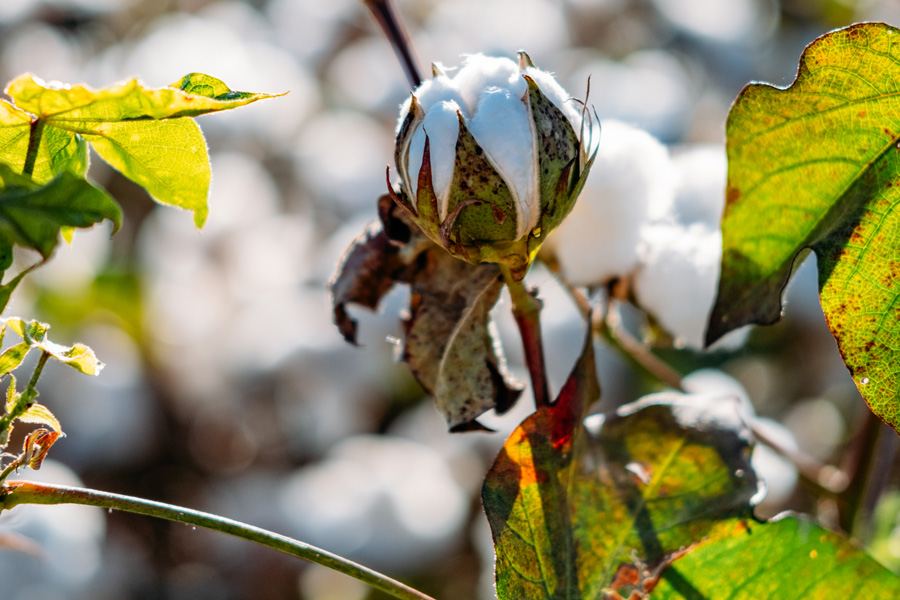
AP 124-3
2023 Georgia Cotton Production Guide
The 2023 edition of the cotton production guide provides an in-depth look at cotton production in Georgia and the Southeastern U.S. Issues discussed include economic outlook, fertility, weed management, insect management, disease and nematode management, irrigation decisions, precision ag technology, and general agronomics of the cotton crop (varieties, PGR applications, defoliation, etc.).
Camp Hand
|
-
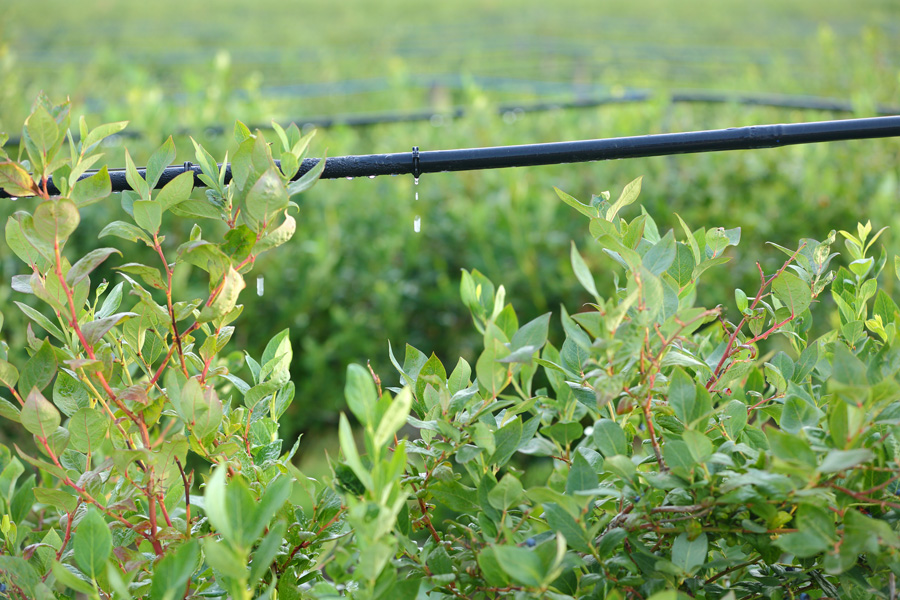
This circular is a review of water quality standards, calculations, and recommendations for water that will be used for irrigation of blueberries.
Gary L. Hawkins, Uttam K. Saha, Wesley Porter, Zilfina Rubio Ames, and Glendon H. Harris
|
-
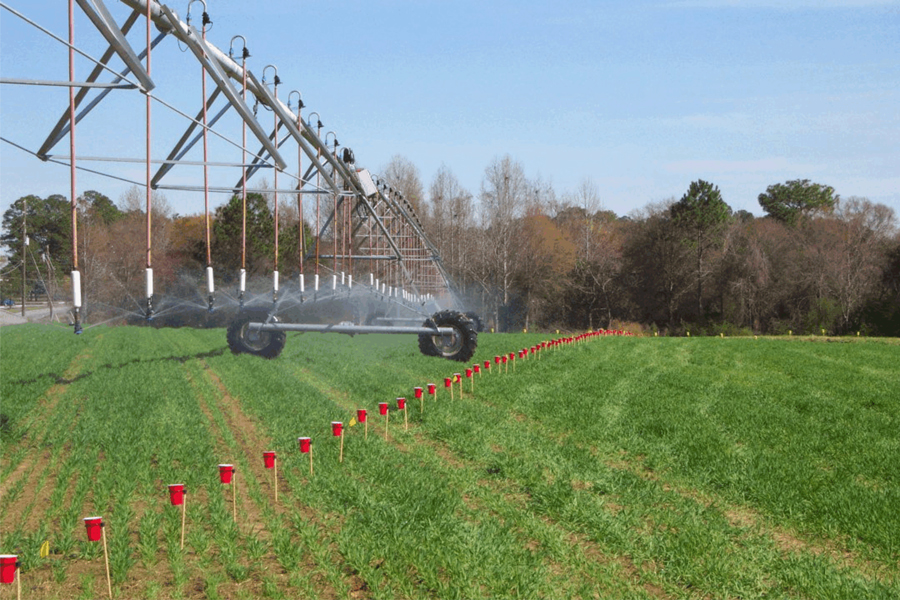
With rising fuel prices it is increasingly important that irrigation systems apply water uniformly in order to achieve maximum benefit from the water applied. The uniformity of water application under a center pivot is determined by setting out cans or rain gauges along the length of the pivot, bringing the irrigation system up to proper operating pressure, and letting the system pass over them.
Calvin D. Perry, Wesley Porter, Jason Mallard, and David Hall
|
-
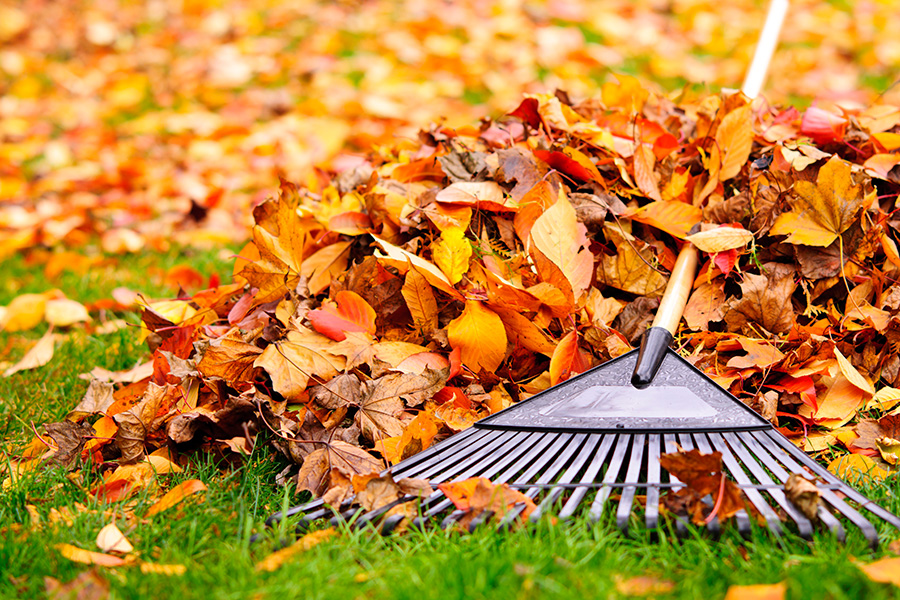
This publication is an annually-updated guide to fall gardening information and resources for Georgia. Topics include planting tall fescue lawns, soil bag flower beds, planting pansies like the pros, planting collards, turnips and cabbage, planting a home fruit orchard, mulching with leaves, gardening chores, cleaning and storing garden tools, treating for fire ants, and additional resources.
Sharon Dowdy, Kristin L. Slagle, Bob Westerfield, Clint Waltz, April Reese Sorrow, Stephanie Schupska, Paul Pugliese, and Amanda Swennes
|
-
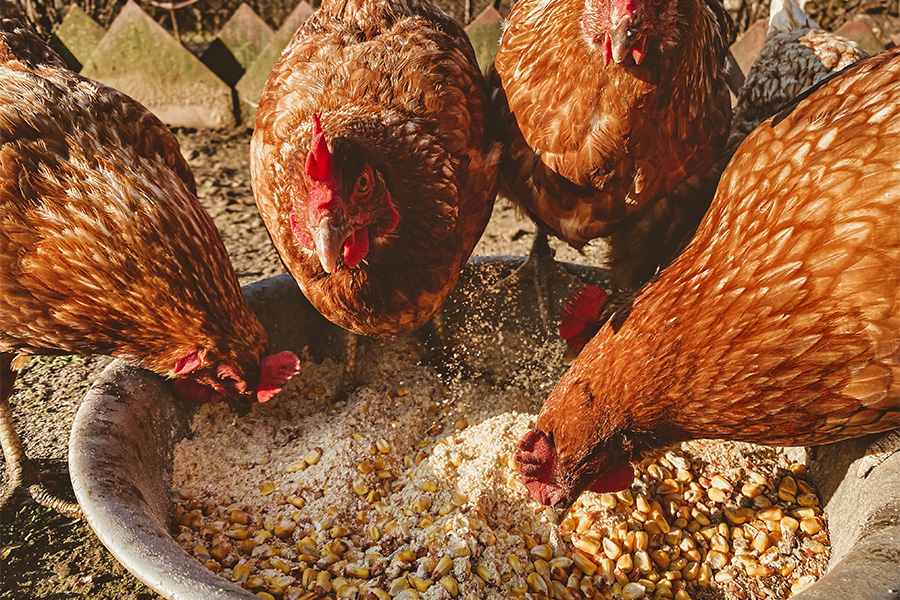
This bulletin is an educational reference for those who are interested in animal feeding and nutrition. It defines common terms used when discussing or reading about animal feeding and nutrition.
Uttam K. Saha and Lawton Stewart
|
-

This publication provides information on pulse width modulation (PWM) technology including its working principle, components, benefits, and best management practices for its optimal utilization on agricultural sprayers. Agricultural sprayers are commonly used for pesticide applications and come in various design types and sizes, including three-point hitch, pull-behind, and self-propelled. During pesticide applications, maintaining a target application rate across the whole field is important for effective pest management. On sprayers with traditional flow-based control systems, the liquid flow rate is regulated to account for ground speed variations by adjusting the spray pressure. However, this becomes an issue when spray pressure reaches outside the narrow operating range of the selected nozzle and results in non-uniform droplet size and pattern. Higher spray pressures at faster travel speeds produce finer droplets which are more prone to spray drift; applications at lower pressures produce coarser spray droplets and reduce spray fan angle. Pulse width modulation technology was developed to overcome this pressure variation issue; pulse width modulation does not rely on spray pressure to regulate system flow rate with changes in ground speed. In pulse width modulation systems, the flow rate is varied by changing the intermittent cycling of the electronically actuated solenoid valves while the system pressure remains constant throughout the boom.
Simerjeet Virk
|